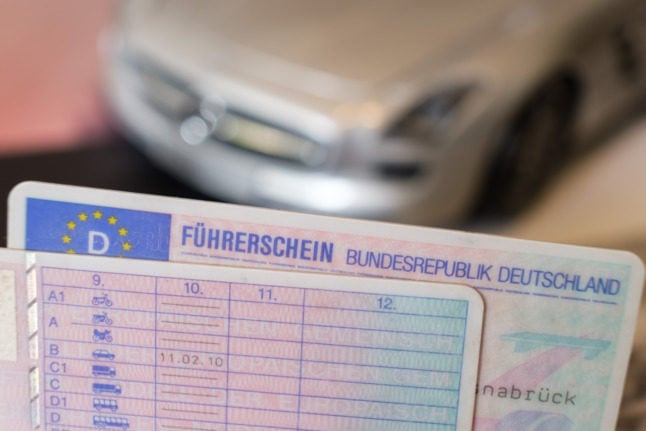Forty-four percent of German men and 39 percent of German women admit to sometimes driving aggressively, according to the Verkehrsklima in Deutschland 2016 (traffic environment in Germany 2016) study on Wednesday.
The study, which was also conducted in 2008 and 2010, asked over 2,000 participants about their driving behaviour and sense of safety in German traffic.
The results suggest that the normally law-abiding Germans seem to let loose once they put their foot on the gas pedal.
Many admitted to using dirty – and apparently dangerous – tricks to gain an advantage over other drivers.
A quarter of respondents said that they put their foot on the accelerator when another driver tries to overtake them, while around 20 percent admitted to closing the gap between them and the car in front to prevent a driver from completing an overtaking manoeuvre.
And if they're the ones trying to pass a slower vehicle, Germans are often just as willing to flout the rules of the road: 23 percent said they wouldn’t shy away from using the slow lane to overtake.
Men are more likely to resort to this dirty trick than women, with 28 percent of males making the admission, as opposed to 19 percent of women.
The legacy of a motor race legend?
The Germans’ inner “Schumi” really comes out when they’re being challenged on the road.
A whopping 30 percent say they briefly step on the brakes to irritate people tailgating them, and a similar number said they “blow off steam” if they get annoyed with other drivers. Eighteen percent meanwhile said they get a sense of satisfaction from overtaking cars on the open road.
Men are more likely than women to let out their inner racer.
If someone is blocking the fast lane, 35 percent of men tailgate to make them move – that’s almost twice as many as women.
More than a third of men will also tailgate if someone in front of them drives too slowly for their liking, which just under a quarter of women would do.
All things considered, it's perhaps not too surprising that about half the participants in the survey said that driving in Germany was stressful.
“Space for traffic has gotten scarce. Many drivers feel that the growing competition is uncomfortable,” researcher Siegfried Brockmann told Der Westen.
Nonetheless, two-thirds of German road users still said they feel safe driving, compared to only about 50 percent in 2010.
Brockmann thinks the increase is due to improved confidence among women.
“We have a generation of women behind the wheel who are confidently driving their vehicles,” he said.
Let's just hope not too confidently.
SEE ALSO: Eight things you never knew about the German Autobahn



 Please whitelist us to continue reading.
Please whitelist us to continue reading.
Member comments